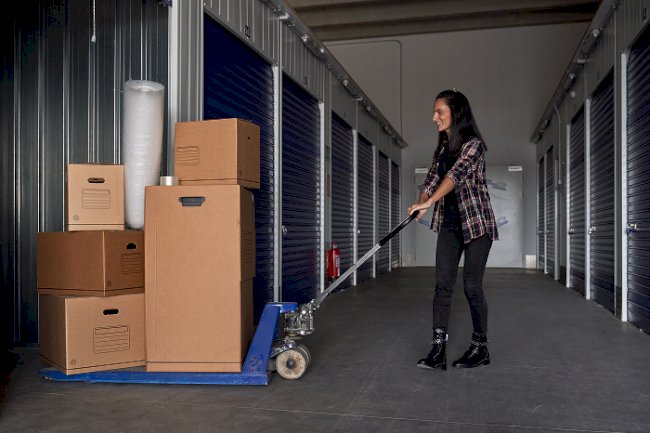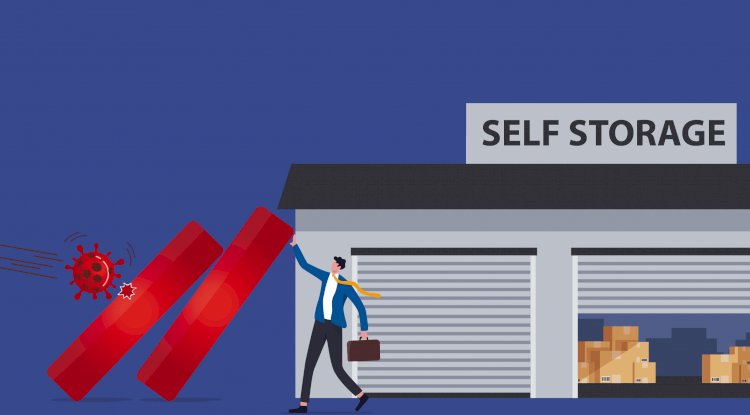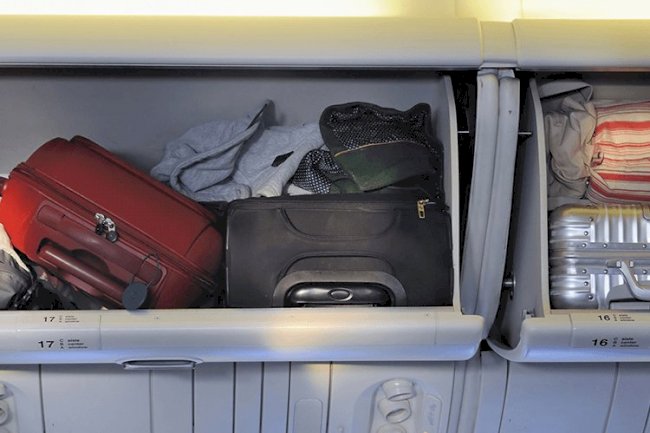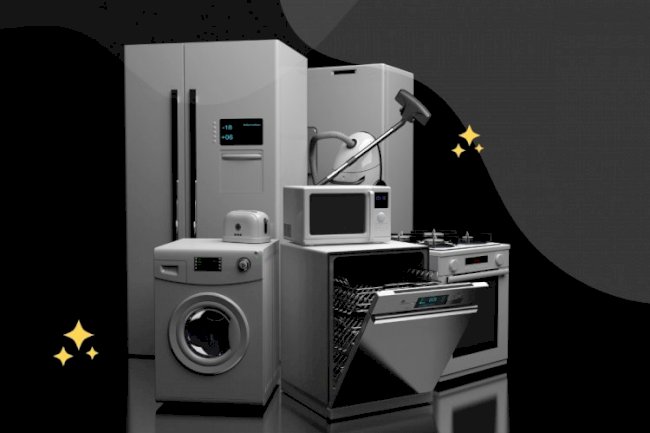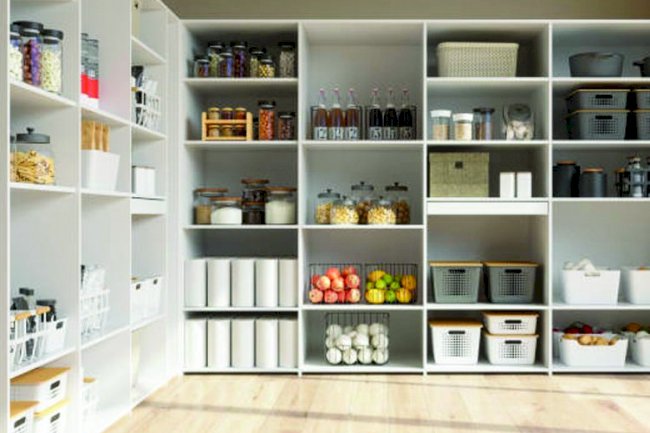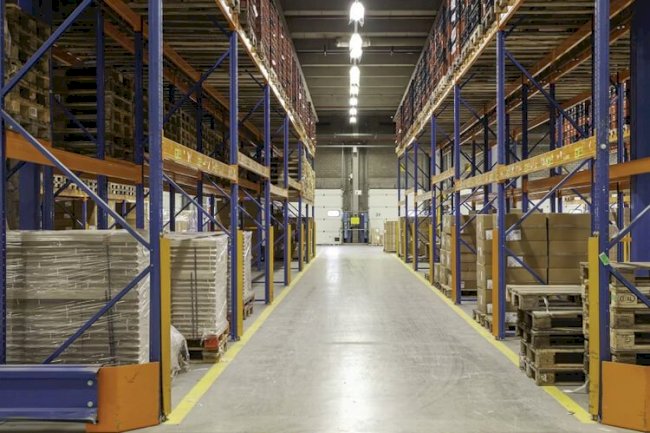Selecting the Right Warehousing Type for Your Business: A Complete Overview.
Choosing the appropriate type of warehousing for your company is an essential decision that can have a big influence on your operations and bottom line. With so many alternatives available, determining which one is the best fit for your specific needs can be difficult. That is why we have compiled a comprehensive review of the many types of warehousing facilities and services accessible, as well as their benefits and drawbacks. We have traditional warehouse space, distribution centers, and fulfilment services to meet your needs. We'll help you consider all of the factors that go into making this essential business choice, from location and size to technology and staffing. So, whether you're a small firm just getting started or a major multinational trying to optimize your supply chain, keep reading to learn everything you need to know about choosing the proper warehouse type for your company.
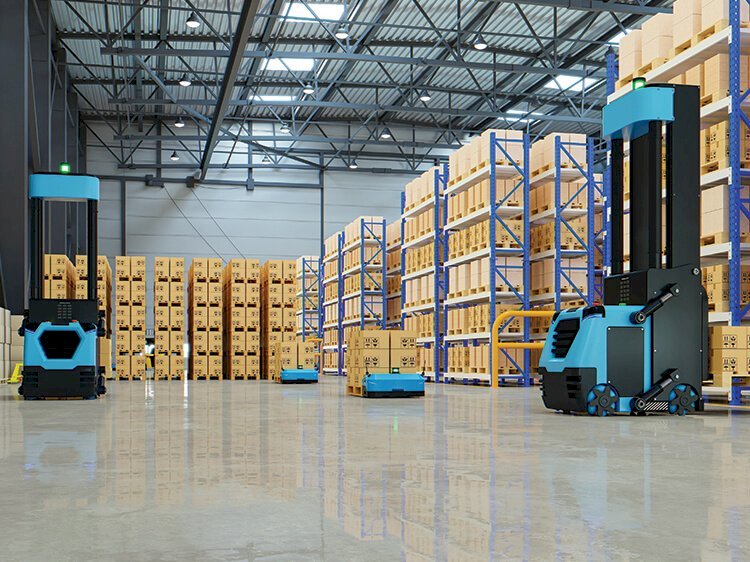
Various types of warehousing:
When it comes to choosing a warehousing type, there are several options to consider. Here are the most common types of warehousing:
1.Public Warehousing: A particular type of warehousing in which a third-party provider rents out space in its warehouse to several clients is known as public warehousing. It is a versatile alternative that allows firms to hire space on an as-needed basis rather than making a long-term commitment to a private warehouse. Public warehouses are often located near major transportation hubs in urban areas, making them ideal for firms that require convenient access to transportation and distribution networks.
One of the primary benefits of public warehousing is that it is often less expensive than owning or leasing a private warehouse. Security, inventory management, and logistics assistance are all included in public warehouses. However, because different businesses use the same area, public warehouses may not provide as much customization or control over warehouse operations.
2.Private Warehousing: Private warehousing is a type of warehousing in which a company owns or leases its own warehouse space. It provides more control and customization than public storage, allowing firms to customize their warehouse operations to their individual needs. Private warehouses are often placed near the company's manufacturing or distribution centers, making it easier to manage the supply chain.
One of the primary benefits of private warehousing is that it allows you complete control and flexibility over warehouse operations. Businesses can tailor their warehouse operations to their individual requirements, and they have complete control over warehouse management. Private warehousing, on the other hand, can be more expensive than public warehousing and needs a long-term commitment.
3.Co-warehousing: Co-warehousing is a warehousing method that combines the advantages of both public and private warehousing. It enables numerous firms to share warehouse space while maintaining the customization and control of an individual warehouse. Co-warehousing is perfect for companies who require greater control over their warehouse operations than public warehousing offers but do not want to commit to the cost of a private warehouse.
One of the primary benefits of co-warehousing is that it allows firms to split the expense of warehouse space while maintaining control over their operations. Co-warehousing also gives flexibility, allowing enterprises to hire space on an as-needed basis rather than committing to a private warehouse. However, because numerous businesses share the same space, co-warehousing may not provide the same level of control over warehouse operations as a private warehouse.
4.Automated Warehousing: Automated warehousing is a type of warehousing that uses advanced technology to manage warehouse operations, such as robots and automated systems. It is an excellent choice for companies who need high levels of accuracy and efficiency in their warehouse operations. Typically, automated warehouses are located in urban locations near major transportation hubs, making them ideal for enterprises that require convenient access to transportation and distribution networks.
One of the primary advantages of automated warehousing is that it improves warehouse accuracy and efficiency. Additionally, automated warehouses require fewer employees than traditional warehouses, lowering labour expenses. Automated warehousing, on the other hand, can be costly to develop and operate, and it may not be appropriate for firms that want customization or flexibility in their warehouse operations.
Factors to consider while selecting a warehousing type:
When selecting a warehousing type, there are several important factors to consider. Here are the most critical factors to consider:
1.Location: When deciding on a warehouse type, it is critical to consider its location. To ensure simple access to distribution networks, the warehouse should be positioned near transportation hubs such as airports, seaports, and roads. To save transportation costs and improve supply chain management, the location should also be close to the company's manufacturing or distribution centers.
2.Size: Another important element to consider is the warehouse's size. The warehouse should be large enough to hold the company's inventory while also allowing for future expansion. However, it should not be overly huge, as this can result in wasted space and greater expenditures.
3.Technology: The technologies employed in the warehouse must also be considered. To boost efficiency and accuracy, the warehouse should include advanced technology such as inventory tracking systems and logistics software. If the warehouse is mechanized, advanced robotics and automation systems should be used to ensure high levels of accuracy and efficiency.
4.Staffing: Another key thing to consider is warehouse staffing. The warehouse should have a sufficient number of employees to efficiently handle operations. To ensure effective and accurate operations, employees should be taught in warehouse management and logistics software.
Cost Comparison of Different Warehousing Types:
The price of each type of warehousing might vary significantly. Private warehousing is often the most expensive choice, while public warehousing is typically the least expensive. Co-warehousing and automated warehousing are in the middle.
Because the expenditures are shared by several enterprises, public warehousing is less expensive than private warehousing. Private warehousing is more expensive because the company must cover all of the costs of owning or leasing the warehouse facility. Co-warehousing and automated warehousing fall somewhere in the middle, depending on the extent of customization and technology necessary.
Advantages and disadvantages of each warehousing type:
Each method of warehousing has advantages and downsides. Public warehousing is less expensive than private warehousing, but it may not allow as much customization or control over warehouse operations. Private warehousing allows complete control and customization over warehouse operations, but it is more expensive and demands a long-term commitment. Co-warehousing combines the advantages of public and private warehousing but may not provide as much control over the warehouse's operations. Although automated warehousing provides great levels of precision and efficiency, it can be costly to develop and operate.
What type of warehousing is right for your business?
The type of warehousing that is best for your company is determined by various criteria, including your budget, customization requirements, and the level of control you require over warehouse operations. If you have a restricted budget and do not demand a high level of customization, public warehousing may be the best alternative. If you require complete control over warehouse operations and have a higher budget, private warehousing may be the best alternative. Co-warehousing and automated warehousing are appropriate for organizations that require more control over their warehouse operations than public warehousing gives but do not want to commit to the cost of a private warehouse.
Conclusion, Choosing the proper type of warehousing for your company is a critical choice that can have a big impact on your operations and bottom line. You can assess which sort of warehousing is best for your organisation by taking into account the warehouse's location, size, technology, and staffing. Whether you pick public storage, private warehousing, co-warehousing, or automated warehousing, make sure you carefully consider all of the elements.
Also Read: Unlocking the Hidden Value: How Warehousing Creates Utility in Goods.
What's Your Reaction?











